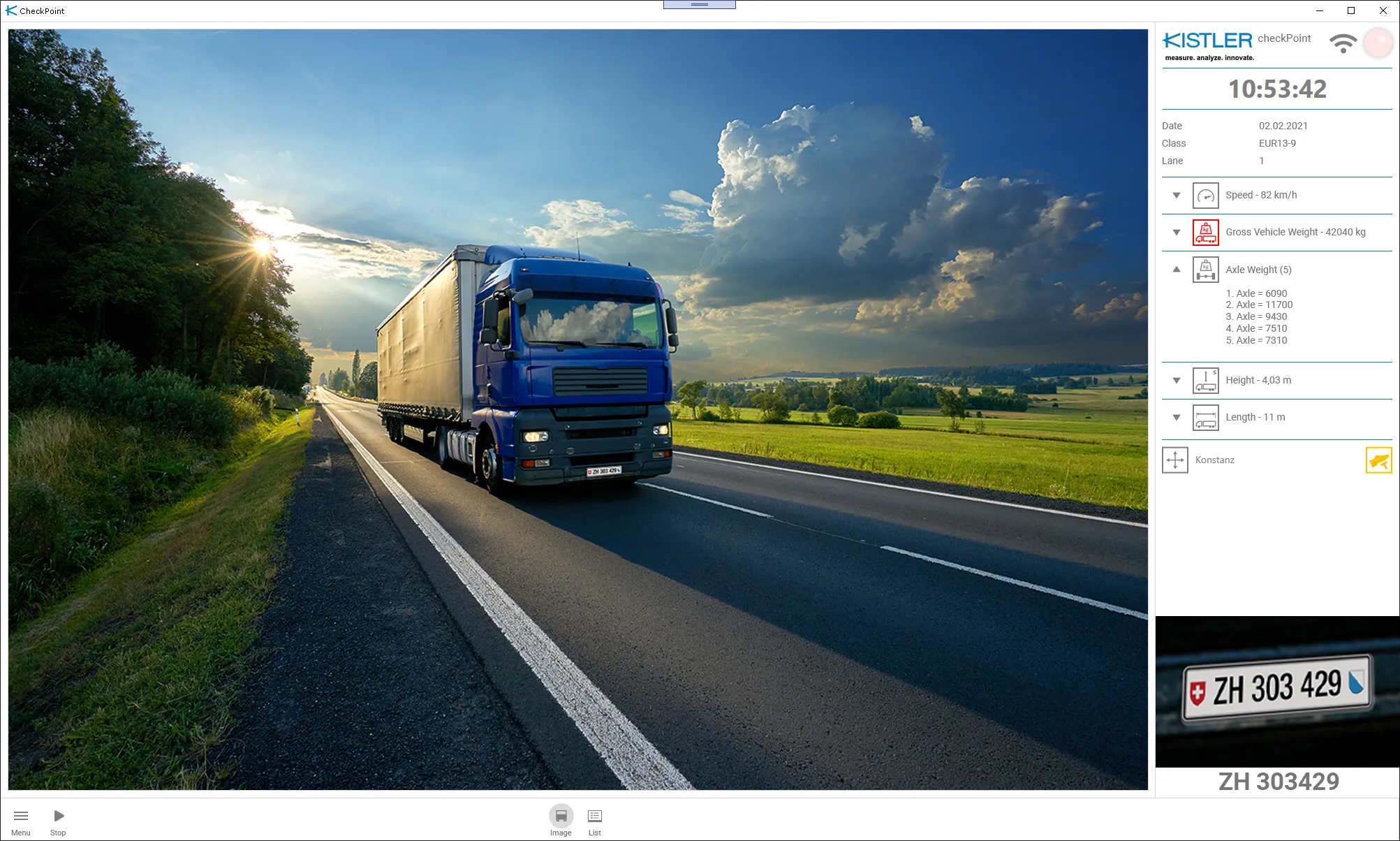Siemens new Sapphire journey time measurement system (JTMS) offers a low cost, simple to deploy solution for recording and analysing journey times and network performance, says the company.
The system uses the Bluetooth technology commonly found in mobile phones, aftermarket accessories, in-car communication and audio systems and is compact and simple to install, minimising street clutter. The system is fully integrated into the Siemens Stratos hosted traffic management system, providing all the necessar
July 21, 2015
Read time: 2 mins
The system uses the Bluetooth technology commonly found in mobile phones, aftermarket accessories, in-car communication and audio systems and is compact and simple to install, minimising street clutter. The system is fully integrated into the Siemens Stratos hosted traffic management system, providing all the necessary tools for the effective analysis and monitoring of journey times.
Bluetooth detectors, placed strategically along key routes, continuously search for Bluetooth compatible devices. Designed with an extended detection range of up to 100m for traffic environments, the detectors transmit requests and listen for device responses, gathering the necessary (anonymous) data to measure journey times between defined areas.
“The initial capital investment per Bluetooth detector is significantly lower than that of ANPR camera-based systems, allowing a higher density of devices to be acquired for the same capital outlay. Ongoing maintenance costs are also reduced as frequent cleaning and alignments are not required,” said product manager Priscilla Boyd.










